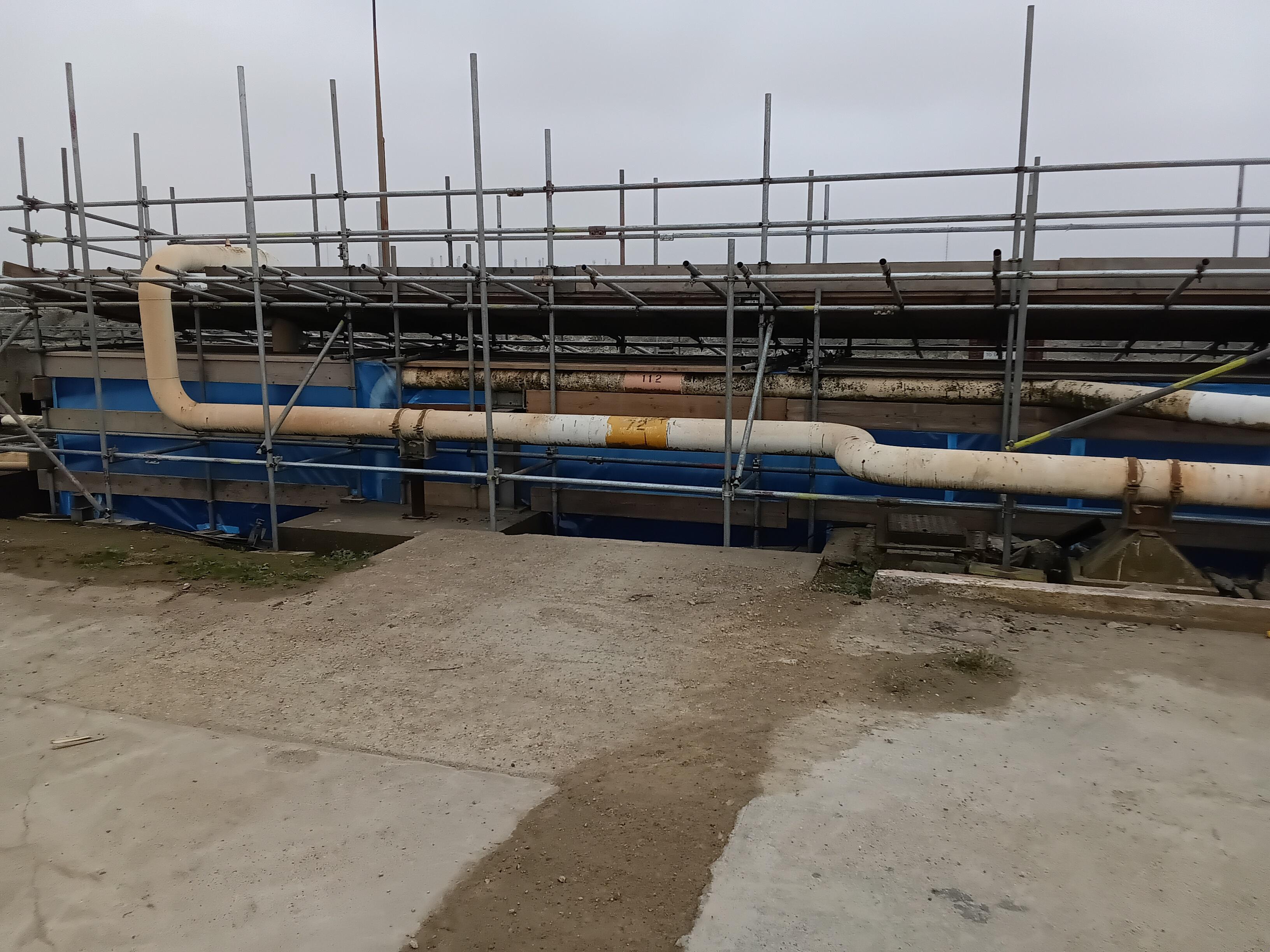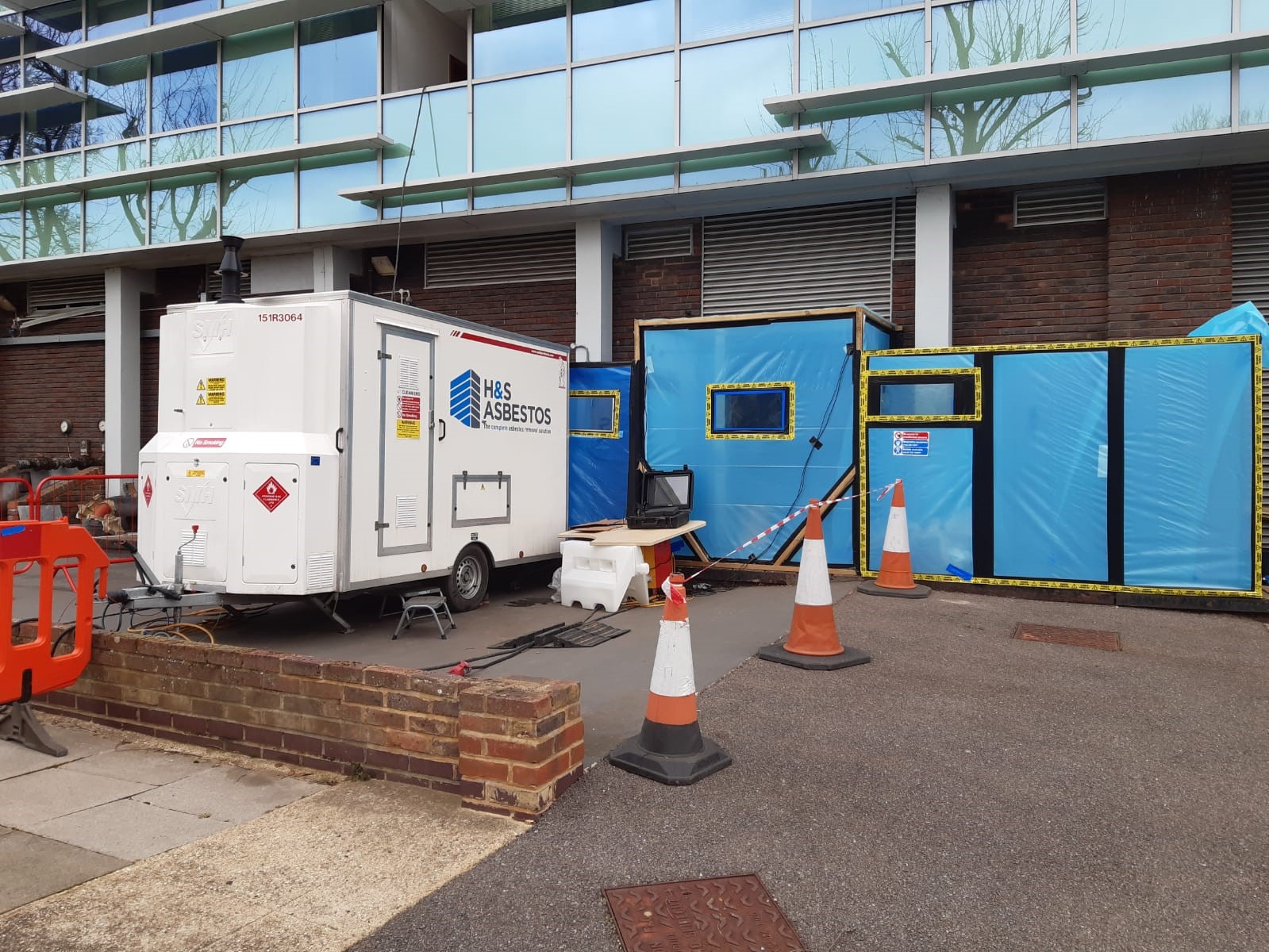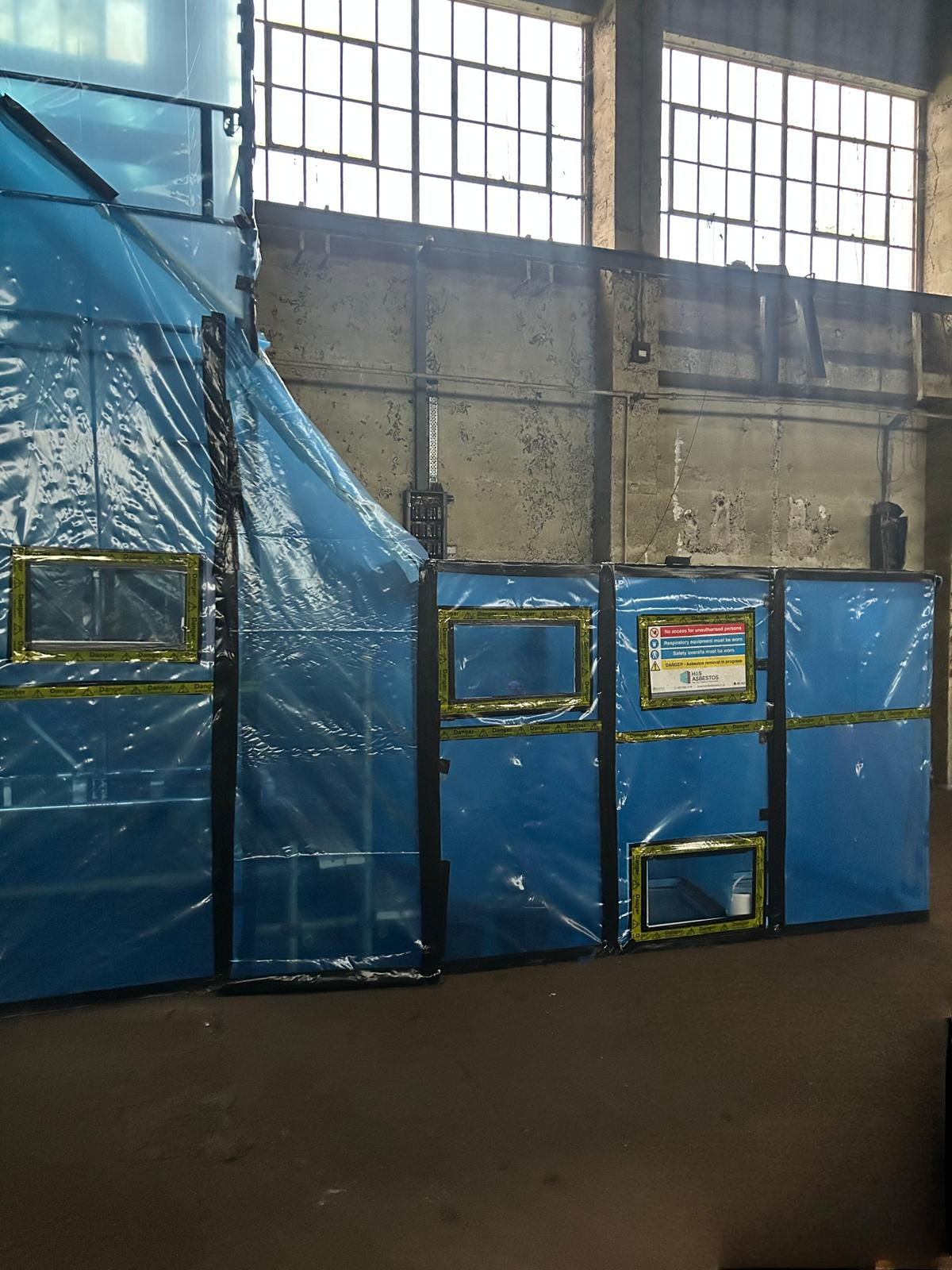Commercial asbestos removal: What to expect during a project
Luke Gould 12th June 2024
During a commercial asbestos removal project, several critical steps are taken to ensure the safe and effective removal of asbestos-containing materials (ACMs).
Initial assessment
The process starts with an initial assessment and planning phase. You conduct a thorough survey of the building to identify the presence and extent of asbestos, taking samples for laboratory analysis to confirm the type and condition of the asbestos. Use the findings to develop a risk assessment that determines potential health hazards and the best removal methods.
Then, create a detailed plan that complies with The Control of Asbestos at Work Regulations 2012 and local and national regulations, including notifying relevant authorities and obtaining the necessary permits.
Site preparation
After planning, prepare the site. Seal off the area where asbestos removal will occur to prevent the spread of asbestos fibres. Set up fully sealed enclosures, negative air pressure units, and decontamination units. Place clear signage to inform workers and the public about the asbestos removal process and restricted areas.
Equip workers with appropriate Personal Protective Equipment (PPE) and Respiratory Protective Equipment (RPE), including respirators, disposable coveralls, gloves, and eye protection.
The removal process involves several careful steps. Wet materials before and during removal to minimise dust and fibre release. Carefully contain the removed asbestos materials in sealed asbestos waste bags. Continuously monitor the air to ensure fibre levels stay within safe limits and to verify the effectiveness of the containment measures.
Decontamination is crucial for both workers and equipment. Workers must pass through a decontamination unit when leaving the work area to prevent carrying asbestos fibres outside the containment zone. Clean or dispose of tools and equipment used in the removal process according to regulations.
So, after removal, handle the waste disposal process meticulously. Transport sealed asbestos waste with licensed hazardous waste carriers and dispose of it at approved hazardous waste facilities
Documentation
The final phase includes clearance and documentation. Therefore conducting a final inspection to ensure all asbestos has been removed and the area is clean, is required.
Take and analyse air samples to confirm the area is free of asbestos fibres and safe for re-occupancy. Compile and maintain comprehensive documentation of the entire process, including air monitoring results and disposal records, for regulatory compliance and future reference.
So, once the area passes final clearance testing, it is safe for re-occupancy, and normal activities can resume. Throughout the project, communicate regularly with building owners and stakeholders to keep everyone updated on progress, safety measures, and timelines. The goal is to ensure the asbestos removal is completed safely, efficiently, and in full compliance with regulatory requirements.
Asbestos removal involves multiple stages to ensure safety and regulatory compliance. Therefore, you must plan thoroughly, execute carefully, and document each step to manage the risks associated with asbestos exposure effectively.
But if you are unsure or would like to talk to the team about potential commercial asbestos removal on-site, please get in contact on 02392 833178 or by emailing info@handsasbestos.co.uk.



